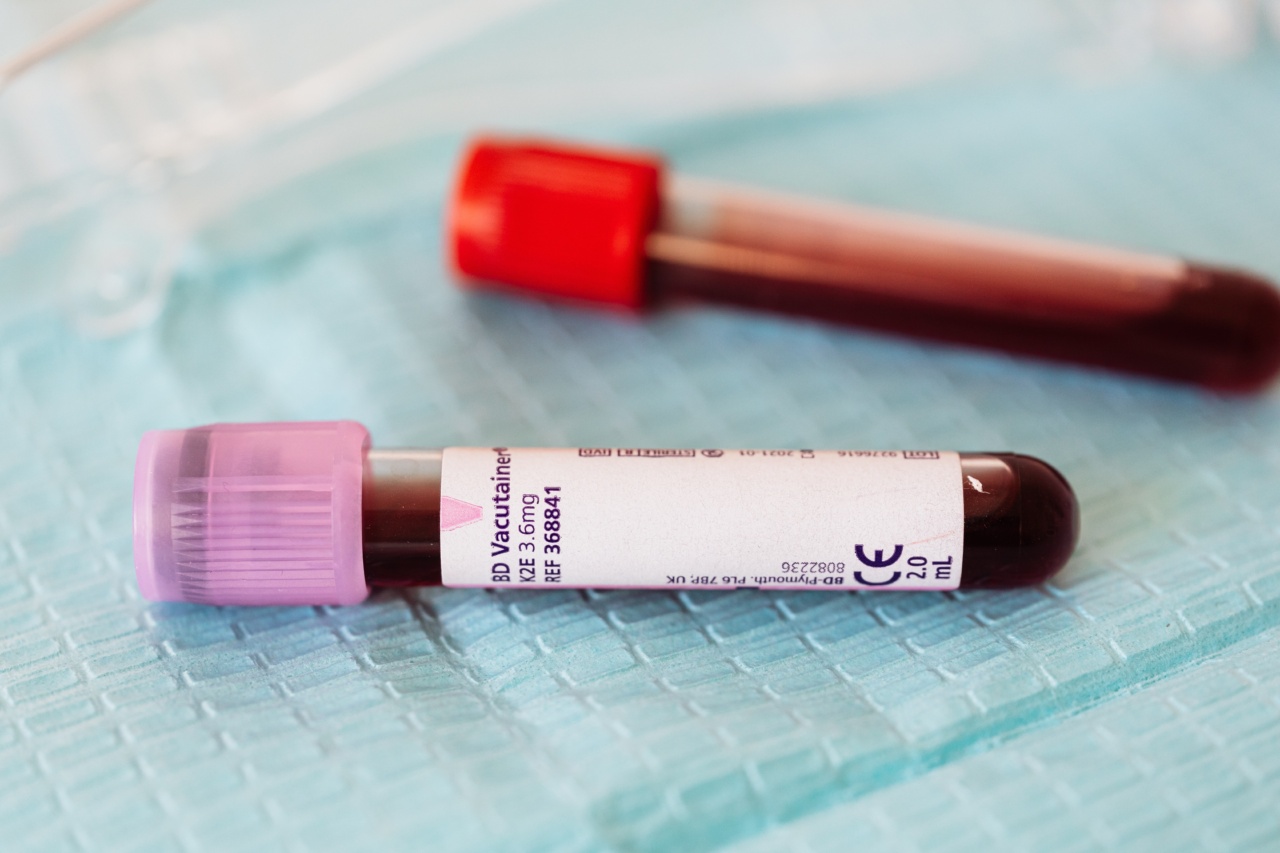Thrombosis of the renal vein is a serious condition that can lead to kidney damage and failure, as well as other complications such as high blood pressure and pulmonary embolism.
In this article, we will discuss the causes of renal vein thrombosis and how to treat it.
Causes of Renal Vein Thrombosis
Renal vein thrombosis occurs when there is a blood clot (thrombus) in the renal vein, which is the vein that carries blood from the kidneys to the heart. The clot can form due to a variety of reasons, including:.
Nephrotic Syndrome
Nephrotic syndrome is a condition that causes damage to the small blood vessels in the kidneys, leading to excess protein in the urine and swelling in various parts of the body. This condition can also increase the risk of renal vein thrombosis.
Tumor Invasion
Tumors in the abdomen or pelvis can put pressure on the renal vein, leading to the formation of blood clots. This is particularly true for cancers such as renal cell carcinoma and adrenal cortical carcinoma.
Pregnancy
Pregnancy increases the risk of renal vein thrombosis due to the changes in the body’s blood coagulation system and the pressure that the growing uterus puts on the renal vein.
Dehydration
Dehydration can increase the concentration of blood and lead to the formation of blood clots. This is particularly true if the dehydration is severe and prolonged.
Trauma
Injuries to the abdomen or pelvis can damage the renal vein and increase the risk of blood clots.
Medications
Some medications, such as hormone replacement therapy, birth control pills, and certain chemotherapy drugs, can increase the risk of blood clots and renal vein thrombosis.
How to Treat Renal Vein Thrombosis
The treatment of renal vein thrombosis depends on the severity of the condition and the underlying cause. In some cases, the blood clot may dissolve on its own over time, while in other cases, more aggressive treatments may be necessary.
Anticoagulant Therapy
Anticoagulant therapy involves the use of medications that thin the blood and prevent the formation of blood clots. These drugs may be given orally or through an IV, and they may need to be used for several months or longer to be effective.
Thrombolytic Therapy
Thrombolytic therapy involves the use of medications that dissolve blood clots. This treatment is usually reserved for cases where the blood clot is very large or causing severe symptoms.
Surgery
In some cases, surgery may be necessary to remove the blood clot from the renal vein. This may be done with traditional open surgery or with minimally invasive techniques such as laparoscopy.
Conclusion
Renal vein thrombosis is a serious condition that requires prompt diagnosis and treatment to prevent complications such as kidney damage and pulmonary embolism.
If you have any symptoms of renal vein thrombosis, such as abdominal pain or swelling, nausea or vomiting, or blood in your urine, it is important to seek medical attention right away. With the right treatment, most cases of renal vein thrombosis can be successfully managed.






























